Search Images
Browse Content (p. 1539)
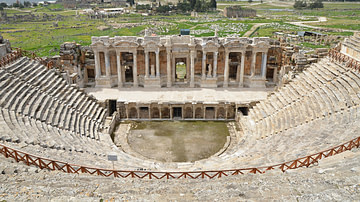
Image
Roman Theatre of Hierapolis
The Roman theatre of Hierapolis in Phrygia (Turkey) was built in the 2nd century CE under Emperor Hadrian on the ruins of an earlier theatre following a devastating earthquake in 60 CE. It was later renovated under Septimius Severus (193-211...
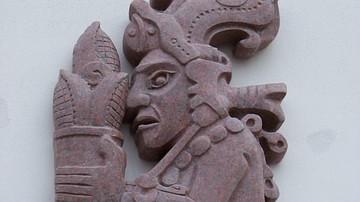
Image
Yum Caax
Yum Caax, a Maya god of maize. Modern relief inspired by a Maya hieroglyph. (Teplice Botanical Gardens, Czech Republic)
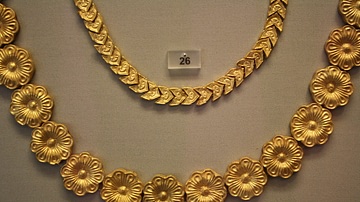
Image
Mycenaean Gold Necklaces, Dendra
A Mycenaean gold necklace from Dendra, 15-14th centuries BCE. (National Archaeological Museum, Athens)
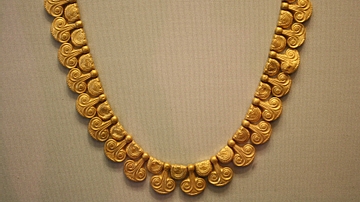
Image
Mycenaean Gold Necklace, Dendra
A Mycenaean gold necklace from Dendra, 15-14th centuries BCE. (National Archaeological Museum, Athens)
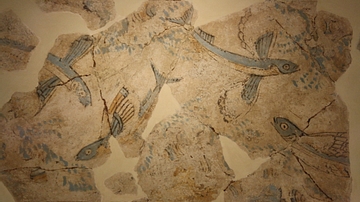
Image
Flying-fish Fresco, Melos
A fresco depicting flying-fish from Phylakopi, Melos. Late Cycladic, 16th century BCE. (National Archaeological Museum, Athens)
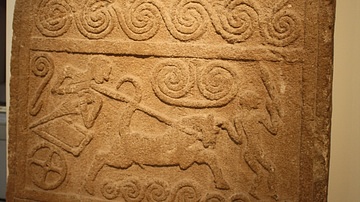
Image
Mycenaean Grave Stele
A Mycenaean grave stele of poros stone depicting spirals and a charioteer. Grave Circle A, Mycenae, 16th century BCE. (National Archaeological Museum, Athens)
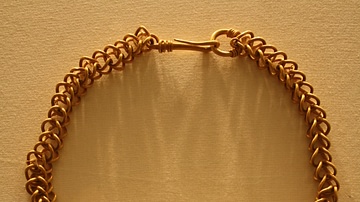
Image
Egyptian Necklace
A gold and lapiz lazuli necklace from Egypt, New Kingdom, 1550-1075 BCE. (National Archaeological Museum, Athens)

Image
Egyptian Priestess Takushit
Copper alloy with precious metal inlay statue of Egyptian priestess Takushit. 25th Dynasty, c. 670 BCE. Found near Alexandria. (National Archaeological Museum, Athens)
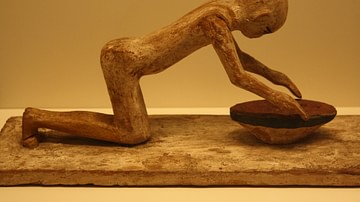
Image
Egyptian Wooden Statue of a Woman Grinding Cereals
A wooden statue of a woman grinding cereals. Egyptian, Middle Kingdom, 2040-1640 BCE. (National Archaeological Museum, Athens)
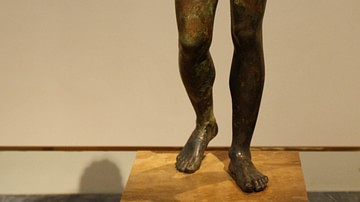
Image
Bronze Greek Athlete
A bronze Greek athlete recovered from the sea off Marathon. 340-330 BCE. (National Archaeological Museum, Athens)